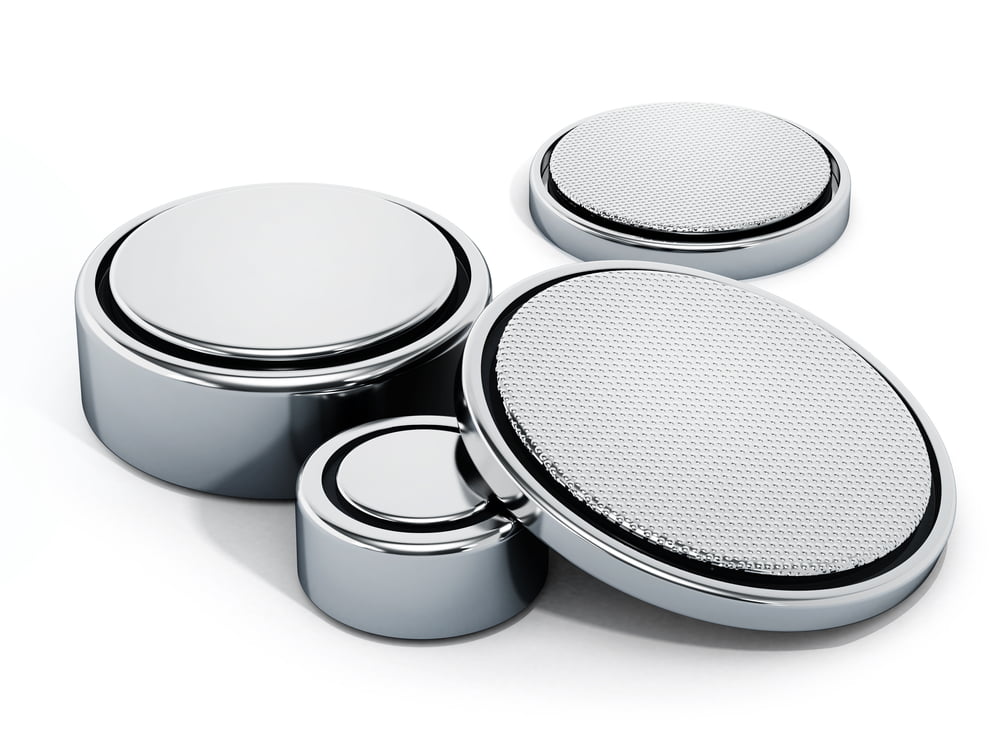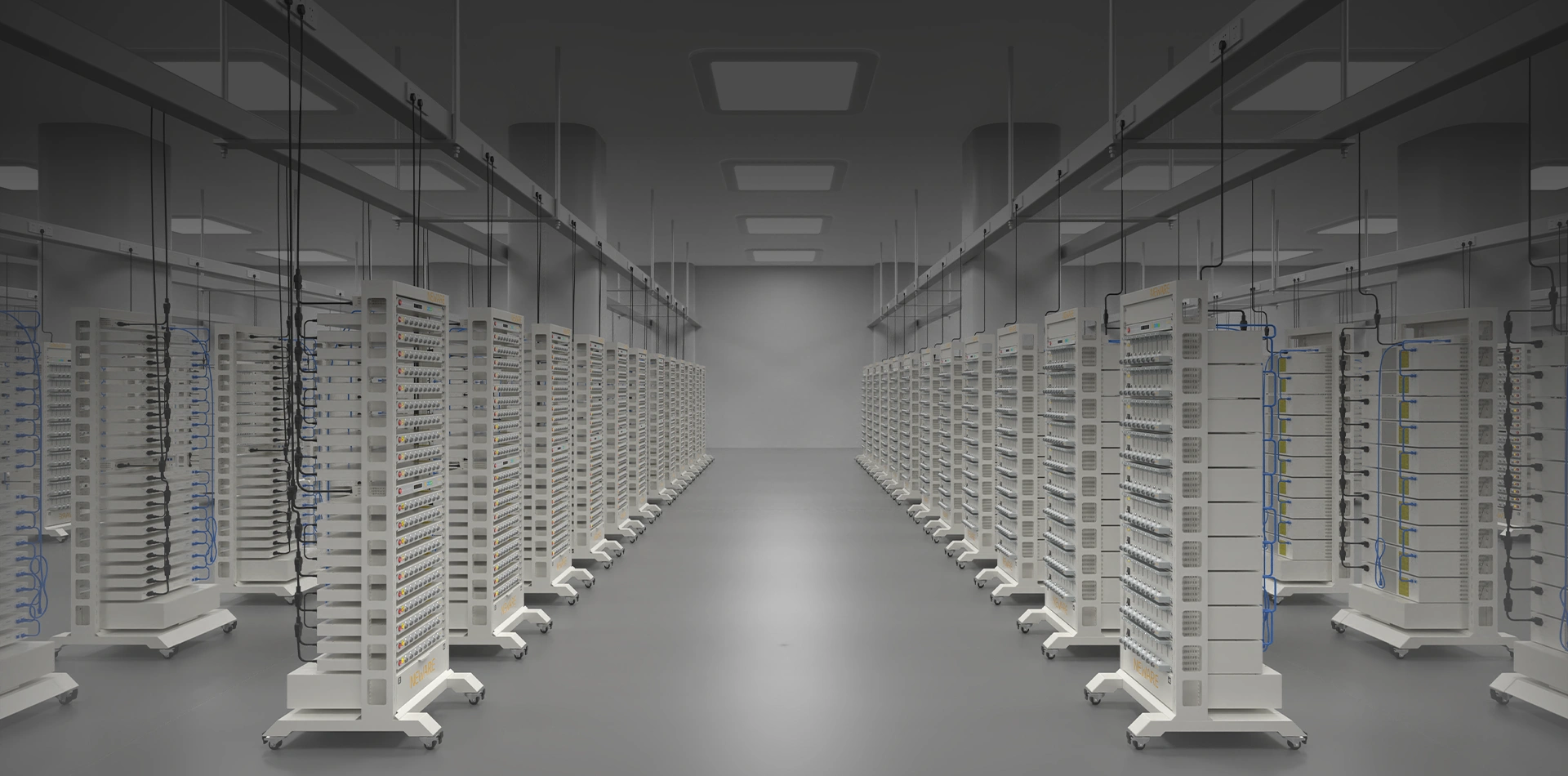
As button battery technology continues to advance, the demand for reliable, high-quality battery testers and test equipment has become increasingly important. In this article, we will explore the essential role of charge and discharge test equipment and environmental test chambers in the manufacturing process of button batteries. We'll also delve into the differences between these test equipment in testing the current, voltage, and other critical parameters of button batteries.

Battery testing equipment plays a crucial role in ensuring the performance, safety, and quality of button batteries. Manufacturers rely on precise testing to assess the capacity, voltage, and overall behavior of button batteries under various conditions. This process is essential for meeting industry standards, regulatory requirements, and ensuring consumer safety.
Charge and discharge test equipment is designed to evaluate the energy storage and release capabilities of button batteries. These systems simulate real-world usage scenarios, allowing manufacturers to assess the battery's performance over multiple charge and discharge cycles. By subjecting the batteries to controlled charging and discharging, manufacturers can gather valuable data on capacity, efficiency, and cycle life.
In addition to charge and discharge testing, environmental test chambers are an integral part of the battery manufacturing process. These chambers are used to simulate a wide range of environmental conditions, including temperature extremes, humidity, and mechanical stress. By subjecting button batteries to these conditions, manufacturers can evaluate their performance in diverse environments, ensuring reliability and safety.
When it comes to testing the current, voltage, and other parameters of button batteries, different test equipment offer varying capabilities. Some equipment may specialize in high-precision voltage measurement, while others excel in capturing transient current behavior. Understanding these differences is essential for selecting the most suitable testing methods based on the specific requirements of the button battery being manufactured.
Choosing the right test equipment is a critical decision for button battery manufacturers. Factors such as testing accuracy, throughput, and scalability must be carefully considered to ensure the production of high-quality batteries. It's essential to work with experienced suppliers and manufacturers of test equipment to select solutions that align with the unique needs of the manufacturing process.
In conclusion, the use of charge and discharge test equipment and environmental test chambers is indispensable for button battery manufacturers seeking to produce reliable, high-performance batteries. By understanding the role of these testing methods and the differences between various test equipment, manufacturers can make informed decisions that contribute to the overall quality and safety of button batteries in the market. As technology continues to evolve, the ongoing advancement of battery testing equipment will remain essential in meeting the demands of an ever-changing industry.
By addressing the importance of these testing methods and equipment, button battery manufacturers can ensure that their products meet the highest standards of performance and safety, ultimately setting a new benchmark for excellence in the industry.




The lab focuses on solid-state battery research to overcome traditional lithium batteries' safety and energy density issues, supporting environmental sustainability. It develops innovative solid-state electrolytes, refines electrode materials, and investigates ion transfer and interface stability to revolutionize battery technology.

The electric vehicle battery industry is rapidly developing, focusing on technological innovation, market competition, and sustainability. Research hotspots include solid-state batteries, new types of electrolytes, BMS optimization, and recycling technologies. The environmental adaptability, safety, and economic viability of batteries are key research areas, and the industry is expected to undergo more innovation and transformation.

Specializing in battery preparation technology research, the focus is on overcoming existing energy storage challenges by innovating in electrode materials, battery chemistry, and manufacturing processes to improve performance, safety, and reduce costs. Sustainability and recycling technologies for batteries are also emphasized to mitigate environmental impacts and foster the growth of green energy.